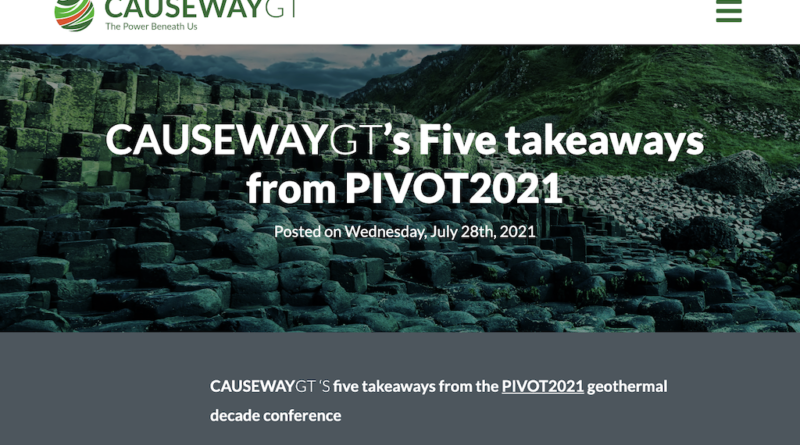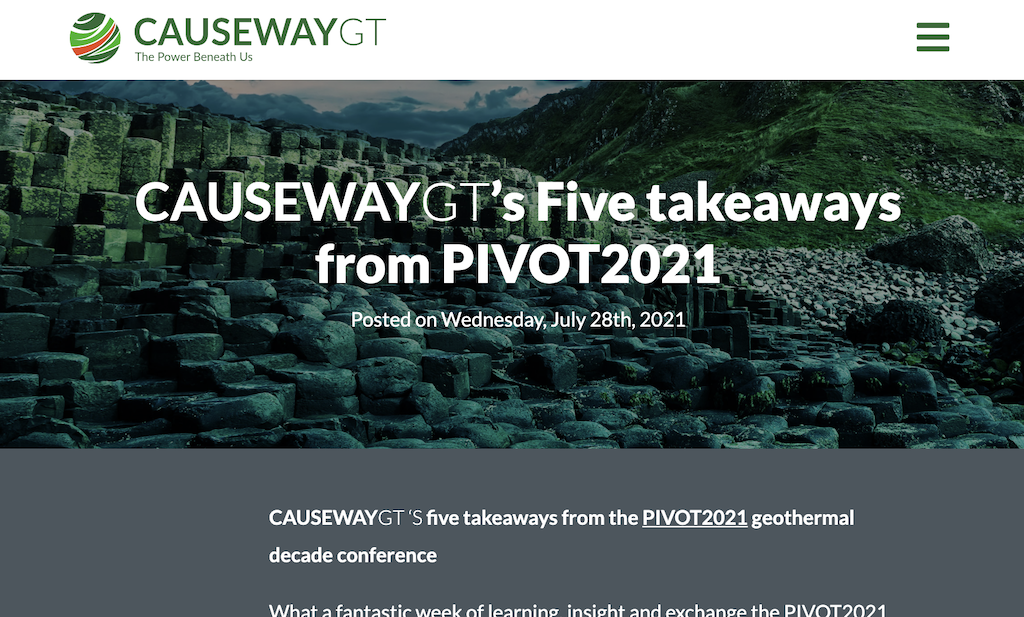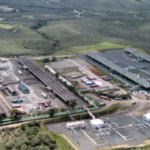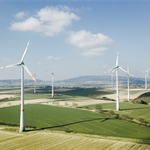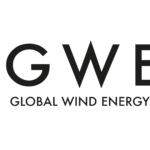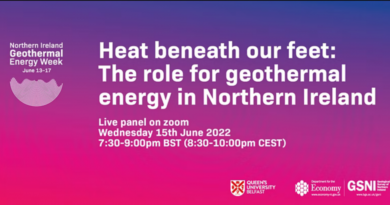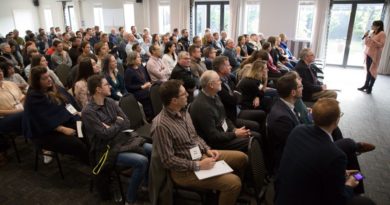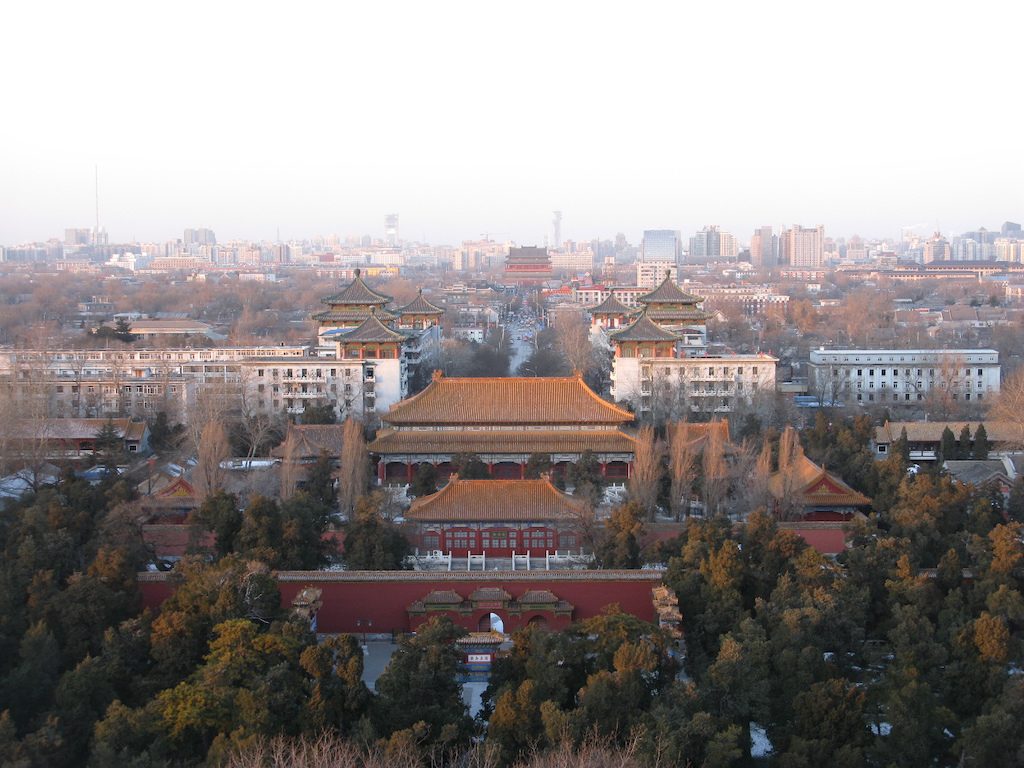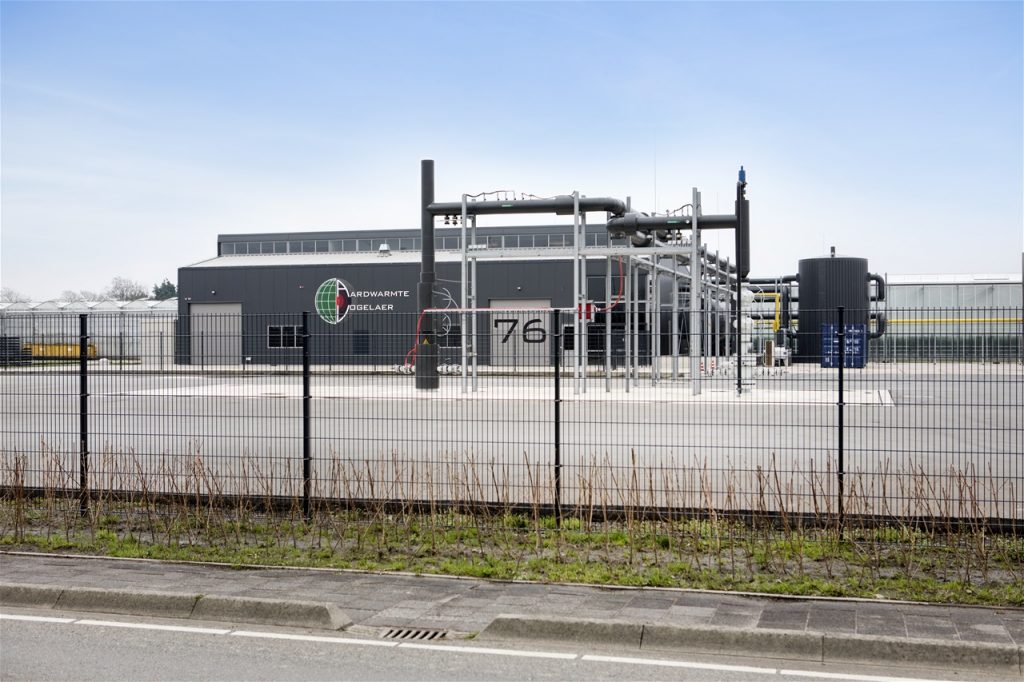Five key takeways from Pivot2021 Geothermal.Reimagined
Energy Disrupter
Identifying five key takeways from this month’s Pivot2021 Geothermal.Reimagined conference, Irish startup CausewayGT provides a great insight into key aspects for geothermal as of today.
Irish geothermal startup CausewayGT has published a great takeaway piece on the recently concluded Pivot2021 geothermal.reimagined event. “CAUSEWAYGT ‘S five takeaways from the PIVOT2021 geothermal decade conference.”
We wholeheartedly agree with the points made by CausewayGT’s team, particularly in the thanks to Jamie Beard and her team for pulling off another great event.
You can gradually find all the videos of the session on the Pivot2021 YouTube channel .. and while you are at it check out the great little explainer videos within the video section.
CausewayGT participated in a panel on the technoeconomic aspects and widely throughout the event and got together brainstorming the key insights for the team, sharing a selected five from various more they came up with.
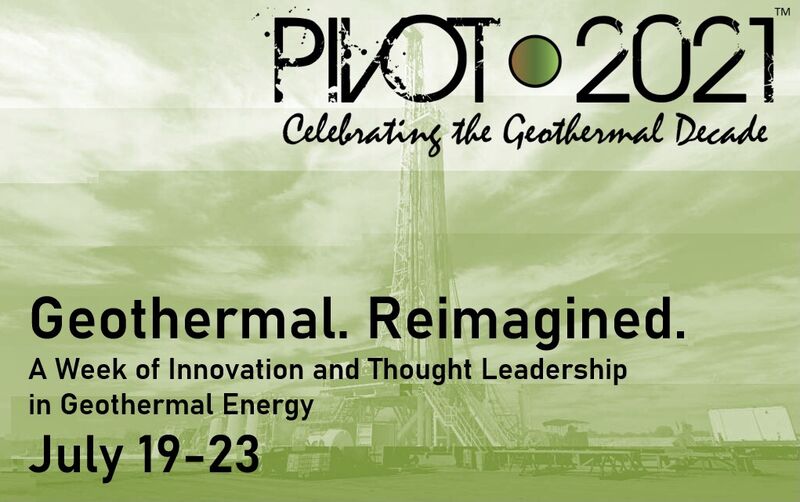
#1: Geothermal is different from petroleum and solar/wind
The romance in geothermal as a renewable energy source that is 24/7 is clear. Its potential to solve baseload electricity and storage problems is highly attractive, as well as its ability to decarbonize heat (more on that in #2).
Geothermal is similar to oil & gas in many ways, but fundamental is the subsurface resource risk that is present at both regional and prospect levels and often isn’t reduced until at least the first well is drilled and, in some cases, not until years of production have been fulfilled. However, the rewards are not the same as oil & gas, at least conventional oil of past decades. That’s down to the energy density of the rocks and fluids in the rocks.
Geothermal also shares similarities with solar and wind renewables. A particular overlay is the customer focus, ranging from securing a PPA for an electricity supply commitment to installing an appropriately scaled ground-sourced heat pump to meet a home-owner’s energy needs with affordable heat and cooling. But, although intermittent and variable, solar and wind don’t have the same resource risk as geothermal.
These economic fundamentals represent the pointy end of our challenge.
#2: We need to turn up the heat on HEAT!
We may be being sensitive, but we were a bit surprised about how much focus there is on electricity rather than direct use of heat. As per #1 we fully get the focus on clean, reliable baseload electricity. However, we believe that if we are attending to the world’s decarbonization problems, 50% of which is about heat, then wouldn’t we better turning more of our effort to direct use of heat?
Many of the technical issues are the same, except for heat we don’t have to push the risk envelop as much as for electricity, particularly if we utilize “super-charged” heat pumps driven by renewable electricity.
#3: We need to collaborate, not compete
As a start-up it’s very easy to get into the mode of competing with other companies for capital, particularly pre-revenue seed capital. That can show up as positions like “my solution is better than yours”, or “my IP is going to save the world”, or “their model won’t work because…”. To be candid, we were falling into that trap too at CausewayGT, until we realized that even if we thought we had a new big idea, it’s probably not new and not protectable. Instead we need to work together in broad market development activities such as getting stakeholders engaged, governments cutting red tape and putting incentives in place, persuading the private sector to underwrite our various technological approaches (“double valleys of death”) with the ambition that combination and optimization will win for us all in the end.
#4: Public engagement
We were struck by the observation by one panel member that the relative dearth of surface footprint of geothermal, certainly compared to solar and wind, might actually be a disadvantage for us rather than pure advantage. This is because the below-the-surface is harder to visualize and more difficult to describe than things you can see. That makes stakeholder engagement, whether it’s investors wanting to understand the risks as well as the opportunities, or local communities wanting to know about environmental impacts, more difficult. There are some great communication strategy examples out there and we loved the pencil cartoon introductions to most of the panels in PIVOT. We suggest we need to gather these strategies and tools together and share them through national and international resources and lean on the advisory experts who are so expert at getting key messages across to each and every stakeholder.
#5: Purposeful leadership
Most everyone knows that career and personal highlights in our lives emerge from moments when we follow purposeful, servant leaders on a great project, or take the opportunity to lead others in such an enterprise.
At CAUSEWAYGT we have a strong sense of shared mission as we strive for good, to make the CAUSEWAYGT model work in a profitable and scalable way. This shared sense of purpose is a huge fillip each and every day.
PIVOT2021 is in itself a product of stellar leadership: Jamie Beard. We agree with Sir Richard Branson – she’s a “force of nature” and with Nick Cameron, if the five-on-fire awardees are only on fire because “Jamie lit the fuse”.
Our deepest thanks to Jamie. You rock!
We thank Simon Todd and the CausewayGT team for allowing us to share their piece here. Check out the company’s great ambitions for geothermal.
Source: CausewayGT – republished with permission

